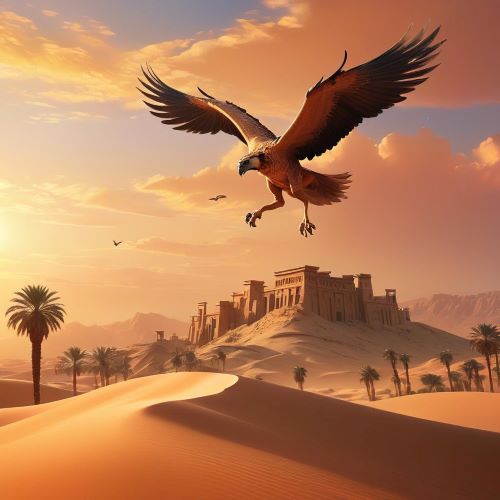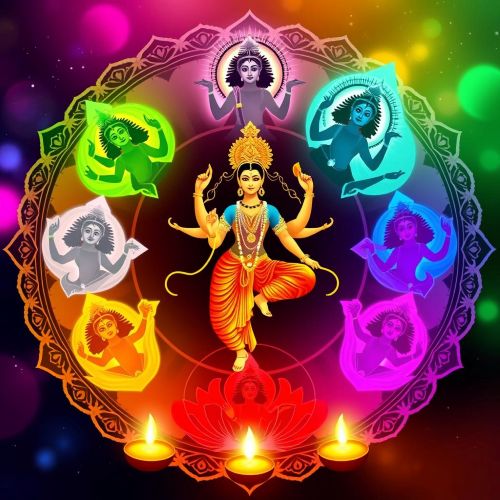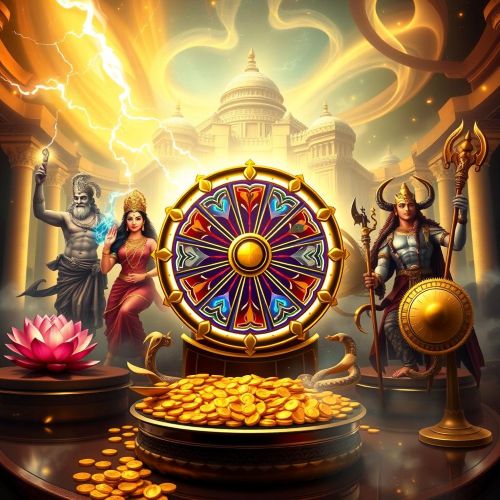7 Powerful Types of Jinn in Islamic Mythology You Should Know
Across Islamic mythology and Arabian folklore, jinn (also known as genies) are supernatural beings created from smokeless fire. They exist in a parallel world, unseen by humans, yet capable of interacting with them in mysterious ways. Just like humans, they have free will — meaning they can be good, evil, or neutral. The Qur’an, Hadiths, and various Middle Eastern legends describe different types of jinn, each possessing distinct traits, abilities, and temperaments.
Here’s a fascinating look into the major types of jinn that have captivated imaginations for centuries.
1. Marid – The Sea-Dwelling Giants
The Marid are often regarded as the most powerful and proud among all jinn. Known for their immense strength and magical abilities, they are frequently associated with the sea or vast bodies of water. In folklore, Marids are stubborn and difficult to control, requiring elaborate rituals or magical words to be subdued.
They are often depicted as towering, muscular beings who grant wishes, but only to those who can overpower or trap them. In tales like Aladdin and the Magic Lamp, the genie who emerges from the lamp is often interpreted as a Marid.
Traits: Proud, powerful, resistant to control, and capable of granting wishes.
2. Ifrit – The Fire Spirits of the Underworld
The Ifrit (also spelled Efreet) are fiery beings known for their cunning intelligence and rebellious nature. Described in Islamic texts as being made of smokeless flame, Ifrits are often depicted as malevolent spirits who dwell in the underworld or desolate ruins.
While many Ifrits are considered evil, some serve righteous purposes or even convert to Islam, proving that not all are wicked by nature. They are also said to be nearly invincible and capable of shapeshifting, often appearing in monstrous or human forms.
Traits: Fiery, intelligent, rebellious, and highly dangerous.
3. Jann – The Desert Wanderers
The Jann are among the oldest types of jinn and are believed to inhabit deserts and remote wildernesses. Unlike the Marid or Ifrit, Jann are often portrayed as neutral or even kind to humans. They are shapeshifters, taking the form of whirlwinds, animals, or even people.
According to Arabian folklore, Jann were the original inhabitants of Earth before humans were created. They are said to protect travelers in the desert, though angering them can bring misfortune.
Traits: Shapeshifters, desert dwellers, and often friendly but unpredictable.
4. Ghoul – The Flesh-Eating Tricksters
The Ghoul (from Arabic ghul) is perhaps the most terrifying of all jinn types. These creatures haunt graveyards, deserts, and abandoned places, feeding on human flesh. Legends say they lure victims by taking the form of loved ones or travelers in distress, only to attack when least expected.
In Islamic belief, ghouls are sometimes seen as a corrupted form of jinn — those who have turned entirely evil. Their tales have inspired the modern use of the word ghoul in horror stories around the world.
Traits: Malevolent, shape-shifting, and flesh-eating.
5. Shiqq – The Half-Formed Spirits
The Shiqq are strange and eerie beings said to be half-formed jinn — possessing only half a body, half a face, and one arm and leg. Their existence symbolizes incompleteness and imbalance. Despite their grotesque appearance, Shiqqs are clever and often serve as messengers or tricksters in folklore.
They are not as powerful as Ifrits or Marids but can still cause harm through deceit or mischief. Some stories portray them as wandering spirits that interact with both humans and other jinn.
Traits: Half-formed, mischievous, and often deceitful.
6. Nasnas – The Mischievous Offspring
The Nasnas are believed to be the offspring of a human and a Shiqq, resulting in a half-human, half-jinn creature. Like their Shiqq parentage, Nasnas are incomplete beings — often described as having only one eye, one arm, and one leg.
Despite their limitations, Nasnas are fast and agile. They are said to harass humans or play cruel tricks on travelers. Their grotesque appearance makes them a common figure in old Arabic ghost stories and desert folklore.
Traits: Hybrid creatures, fast, and mischievous.
7. Hinn – The Wind Spirits
The Hinn are among the gentlest and least understood jinn types. They are said to be made of air or wind, and are known to take the form of animals, particularly dogs or birds. The Hinn are generally harmless unless provoked, often serving as guardians of nature and the elements.
Some legends describe them as protectors of travelers, while others say they live in harmony with humans, unseen and peaceful.
Traits: Air-based, peaceful, nature guardians, and shape-shifting.
8. Silat – The Masters of Disguise
The Silat are known as the most skilled shapeshifters among all types of jinn. They can assume any human or animal form and use this ability to interact — or deceive — humans. Silats are intelligent, clever, and sometimes helpful, though their motives can be unpredictable.
Many ancient magicians sought alliances with Silats, believing they could reveal secrets, treasures, or future events. Their stories reflect the thin line between illusion and reality in the world of jinn.
Traits: Shapeshifters, intelligent, and powerful deceivers.
Conclusion
The types of jinn in Islamic and Arabian mythology reflect the vast imagination and spiritual complexity of ancient cultures. From the mighty Marid who rules the oceans to the shape-shifting Silat who walks among humans unseen, each type embodies a unique force of nature and morality.
While modern culture often simplifies jinn as wish-granting genies, their true nature is far more intricate — a blend of divine creation, free will, and mystery that continues to intrigue believers, scholars, and storytellers alike.
No posts were found.









